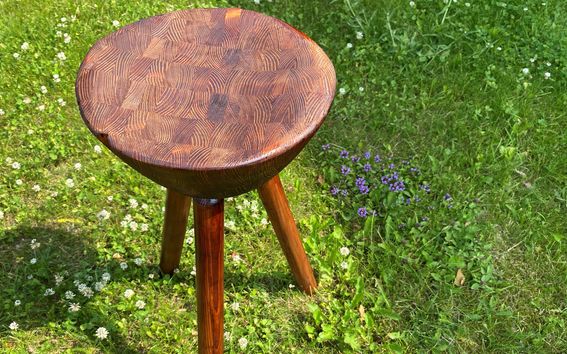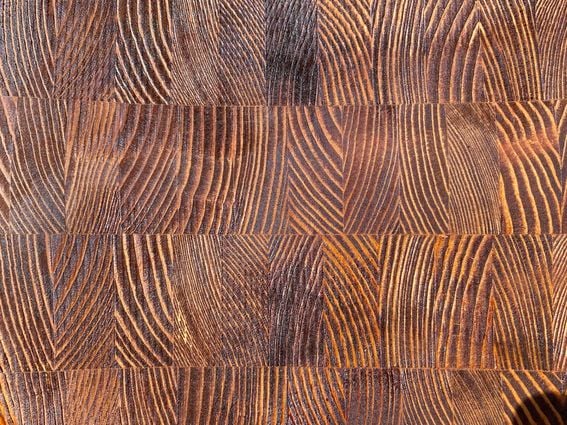Bio-based coating for wood outperforms traditional synthetic options

Due to the global efforts to meet sustainability standards, many countries are currently looking to replace concrete with wood in buildings. France, for example, will require that all new public buildings will be made from at least 50 percent wood or other sustainable materials starting in 2022.
Because wood is prone to degradation when exposed to sunlight and moisture, protective coatings can help bring wood into wider use. Researchers at Aalto University have used lignin, a natural polymer abundant in wood and other plant sources, to create a safe, low-cost and high-performing coating for use in construction.
‘Our new coating has great potential to protect wood. It's more water repellent than a lot of commercial coatings because it retains the natural structure of wood and its micro-scaled roughness. Since it's hydrophobic, the coating is also quite resistant to stains, while lignin’s inherent structure resists colour changes from sunlight. It also does an excellent job of retaining wood’s breathability,’ explains Alexander Henn, doctoral candidate at Aalto University, The School of Chemical Engineering.
Lignin is often regarded as a waste product of pulping and biorefinery processes. Each year, about 60-120 million tonnes of lignin is isolated worldwide, of which 98 percent is incinerated for energy recovery. Lignin has several beneficial properties; however, the poor solubility of most lignin types and the mediocre performance of lignin-based products have so far limited its commercial applications.
‘Lignin as a coating material is actually very promising with its many benefits compared to the synthetic and bio-based coatings currently used. It has excellent anti-corrosion, anti-bacterial, anti-icing, and UV-shielding properties. Our future research will concentrate on developing characteristics like elasticity of the coating’, says Monika Österberg, Head of the Department of Bioproducts and Biosystems at Aalto University.
Currently, widely used mechanically protective coatings for materials such as wood, concrete, metals, and composites are petroleum-based, which include substances that are harmful for the environment. Vegetable-oil coatings — like those made from tall, linseed, coconut, soybean, and castor — can be more sustainable alternatives but they often lack durability. As a result, these oils are often combined with synthetic materials to improve their performance.
More sustainable and non-toxic alternatives can help the coating industry meet new safety regulations. For example, the amount of volatile organic compounds (VOCs) has been regulated not only due to their impact on health but also on the ozone layer. Similarly, the European Union (EU) has placed restrictions on some chemicals used by the coating industry, such as bisphenol A and formaldehyde (used in epoxy and polyurethane coatings), and recently classified titanium dioxide — one of the most widely used pigments in paints — as a class II carcinogen.
The study is published in ACS Applied Materials & Interfaces on 15 July 2021.

Further information:
Alexander Henn
Doctoral Candidate
Department of Bioproducts and Biosystems, School of Chemical Engineering, Aalto University
[email protected]
Tel: +358503091259
Monika Österberg
Professor and Head of Department
Department of Bioproducts and Biosystems, School of Chemical Engineering, Aalto University
[email protected]
- Published:
- Updated:
Read more news

Open demo-day in DAVE of Aalto Behavioral Laboratory
Open house event for Dynamic Audio Visual Environment of Aalto Behavioral Laboratory on 7th of May 2024, 13:00-16:00
Aalto University's Wood Program 30th anniversary project to Kuhmo Square
Every year, Aalto University students specialising in wood architecture carry out a Wood Program project. In the 30th anniversary year of the program, the City of Kuhmo is the partner. The project will be a stage and a platform on Kuhmo's main square.
Call for doctoral student tutors, June 2024
Sign-up to be a tutor for new doctoral students as part of the Doctoral Orientation Days 5-6 June 2024!